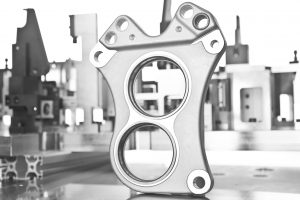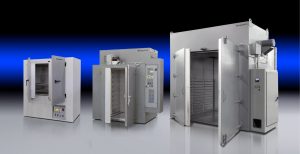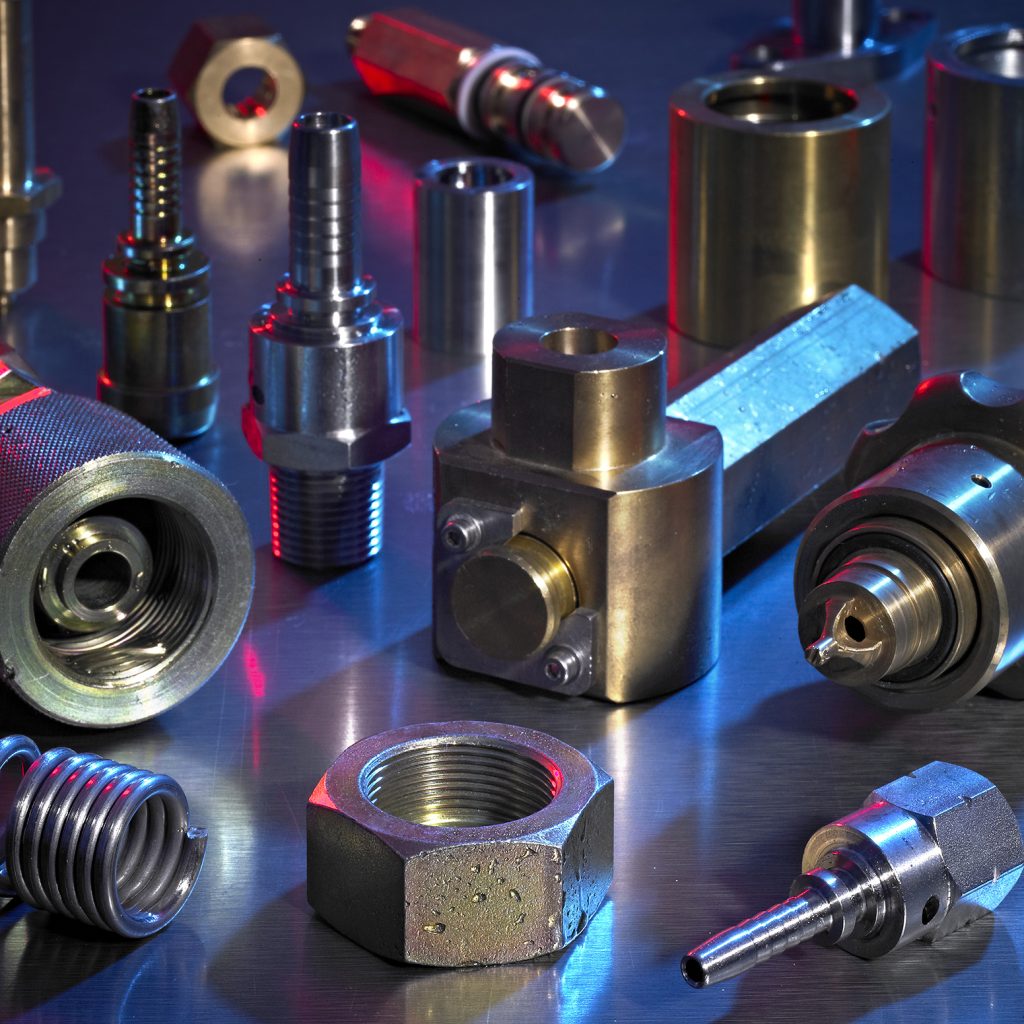Heat treating is used to change the physical properties of different types of metals and alloys in order to form, bend, or shape the material. The process consists of heating the object to a specific temperature, leaving it at that temperature for a while and cooling the metal according to defined process parameters. In this article, we’ll go through the three steps needed to heat treat metals and explain in detail the forms of aluminum heat treating.
How Heat Treating Works
Heat treating starts with heating of the alloy. The structure can be in solid form, in mechanical mixture form or a combination of both.
The mechanical mixture’s compounds stick together with a base metal, while the solid form is a solution of two or more metals. While heated, the chemical composition changes and gives the metal new properties.
The next step is soaking. In other words, it’s maintaining the material at the temperature to bring about the desired alteration in the structure. Soaking takes longer if the material has a bigger mass.
After the soaking process is done, the last step is cooling. In this step, the metal structure may alter or stay the same. The modifications are predictable, thus allowing for a simpler adjustment in tensile strength, hardness, ductility etc.

The Types of Aluminum Heat Treating
The properties of certain alloys have to change to go through different industrial processes. Alloys with aluminum are prevalent in numerous industries, so let’s see how these are heat treated. The most used types of aluminum heating are hardening, normalizing, tempering, annealing and case hardening.
Hardening
The hardening method uses a quenching medium to cool the metal fast after it heats. Once it’s plunged into the water, brine or oil, the metal will harden, which will increase the metal’s strength. It will also increase the brittleness of the material.
Normalizing
Normalizing is used to relieve the metal’s internal stresses made by forging or welding. After normalizing takes place, metal or alloy are much harder and can resist stronger impacts, so it is usually done before hardening. It starts with heating the material to a particular temperature that’s higher than the temperature for hardening. After that, it’s soaked and air-cooled.
Tempering
Heat treating professionals use tempering after hardening to reduce the brittleness levels and, to relieve the stress levels. Metal’s structure stays the same after the process which ends with air-cooling. If the higher temperature is used, the material will become softer.
Annealing
The annealing process improves ductility, refines grain structures, relieves internal stresses and softens the material. It starts with heating the metal or alloy to a certain temperature, maintaining it at that temperature for a certain period of time and cooling it down. Metals have to be cooled down at various speed to preserve specific qualities.
Case Hardening
Case hardening is the method of heat treating that’s excellent for water-resistant surfaces. Heat treating professionals use it for parts such as gears and cylinder sleeves. The two most frequent processes of case hardening are nitriding and carburizing. The aluminum is heated with a material that will decompose more carbon so that the case becomes tough.

Do You Need Heat Treating for Your Business?
An array of industries use heat treatment to change the performance of various metals and alloys. The process begins with placing the material in a heat treating oven and ends with cooling. Understanding the material’s structure is critical to achieving the desired outcome.
Despatch has a range of heat treating ovens and furnaces that perform the processes mentioned above and many others. If you would like any more information about our range of industrial ovens, please contact Despatch.






